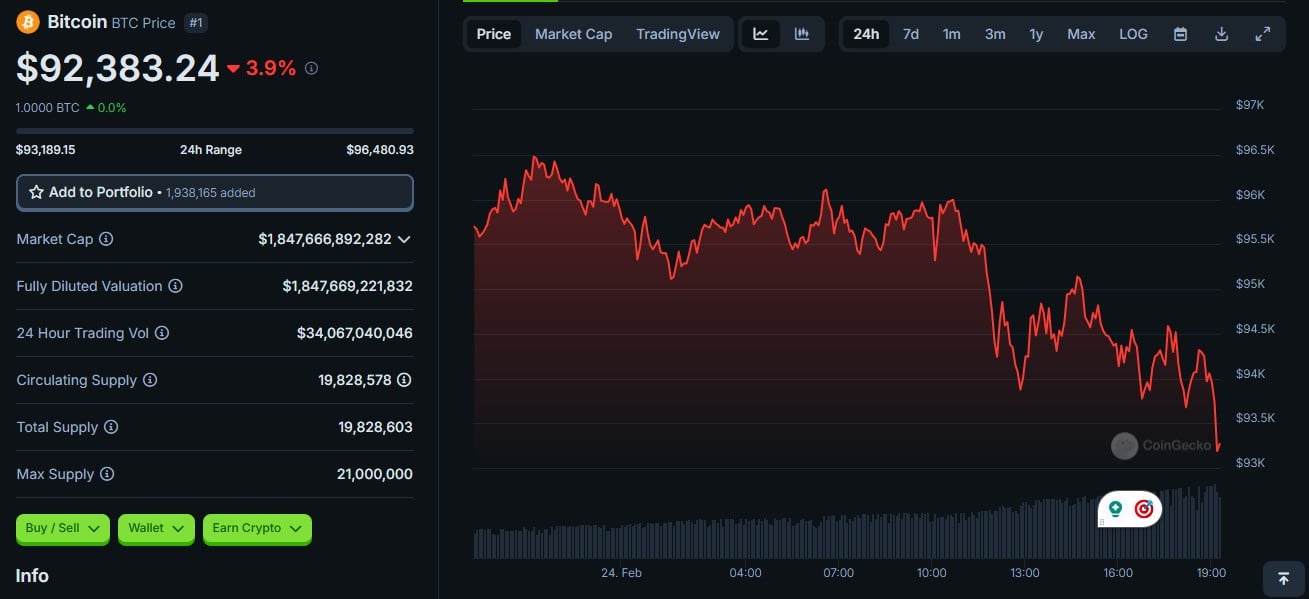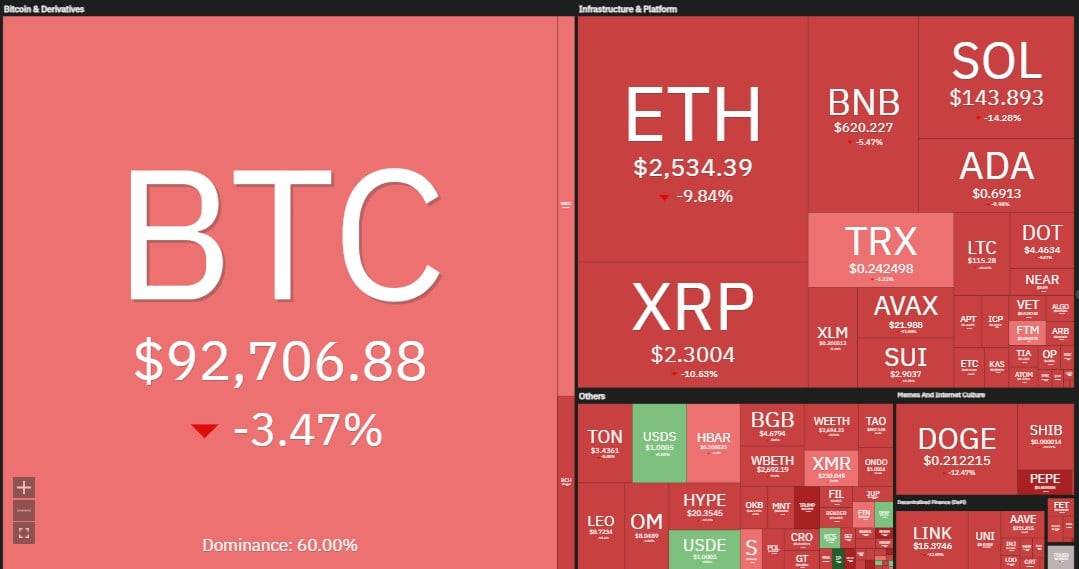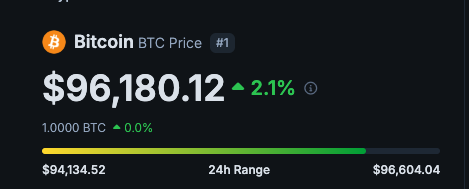Key Takeaways
- Bankman-Fried’s unexpected return to X, after a two-year hiatus, focused on layoffs and corporate challenges.
- He emphasized that terminations are often not the employee’s fault but sometimes necessary for business needs.
Share this article
Sam Bankman-Fried, the disgraced former CEO of FTX, has ended his two-year silence on X with a series of posts discussing employee terminations and corporate management challenges. The tweets, which came out on Monday evening, have sparked widespread discussion and speculation among members of the crypto community.
Bankman-Fried opened his thread with a reference to his current situation, writing “I have a lot of sympathy for gov’t employees: I, too, have not checked my email for the past few (hundred) days,” adding that “being unemployed is a lot less relaxing than it looks.”
1) I have a lot of sympathy for gov’t employees: I, too, have not checked my email for the past few (hundred) days
And I can confirm that being unemployed is a lot less relaxing than it looks
— SBF (@SBF_FTX) February 25, 2025
Bankman-Fried went on to argue that often, the root cause of layoffs is a mismatch between the employee’s skills and the company’s needs. The former CEO of FTX detailed several potential scenarios, including a lack of managerial support, incompatible work styles, and misaligned project interests.
” More often, the problem is that the company just doesn’t have the right job for them,” Bankman-Fried stated.
“Maybe we just didn’t really have anyone free to manage them right then. Maybe they worked best remotely, but our company communicated in-person,” he wrote.
He also pointed to departmental issues and the problem of over-hiring, citing examples of competitors who hired excessively and then struggled to manage their workforce.
“This happens, now and then. We saw it at competitors that hired 30,000 too many employees and then had no idea what to do with them—so entire teams just sat around doing nothing all day,” he stated, without naming specific companies. “And we saw it internally, when a manager would get busy or distracted, and half of a department would lose its bearing at the same time.”
“It isn’t the employee’s fault, when that happens. It isn’t their fault if their employer doesn’t really know what to do with them, or doesn’t really have anyone to effectively manage them. It isn’t their fault if internal politics lead their department to lose its way,” he added.
“But there’s no point in keeping them around, doing nothing,” Bankman-Fried concluded.
Bankman-Fried’s sudden reappearance on X has raised questions about how he is managing his account at the Brooklyn Metropolitan Detention Center, where he is serving a 25-year sentence for orchestrating a major crypto scam.
Bankman-Fried recently expressed hope for a presidential pardon in his first interview from jail. He also criticized the Biden administration and portrayed his conviction as part of a “prosecutorial overreach” during Biden’s presidency. Bankman-Fried’s parents are reportedly exploring ways to secure a pardon for their son, including talking to lawyers and individuals with connections to Trump.
Share this article













